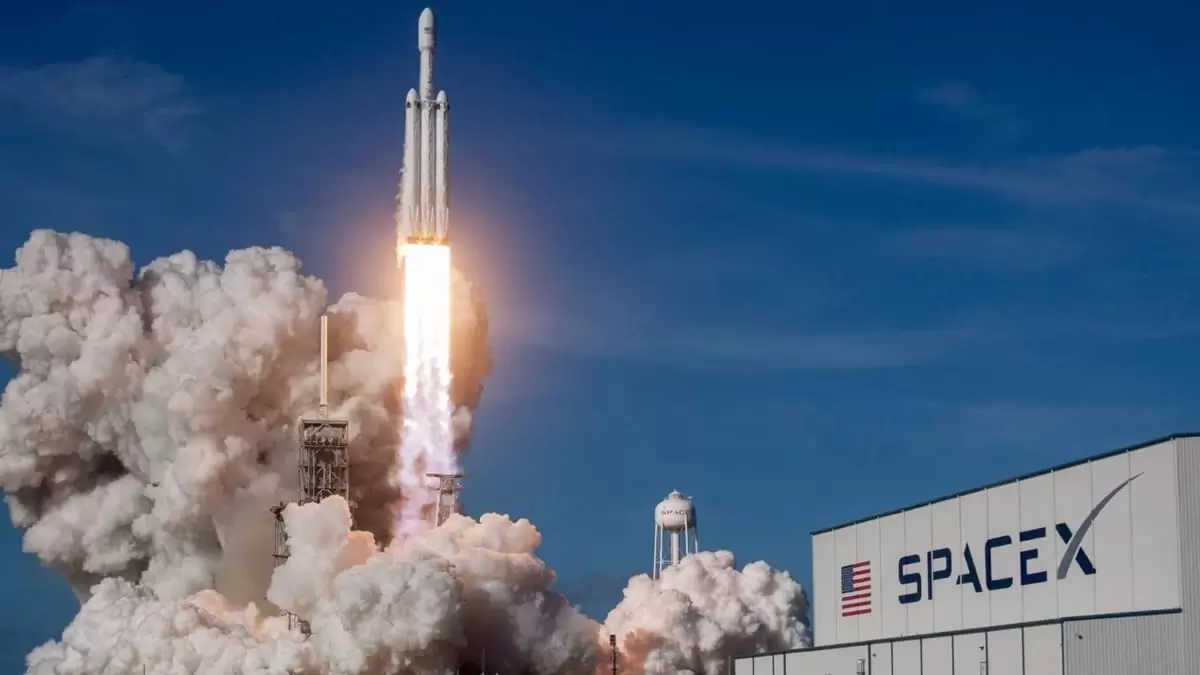New Delhi: As part of a bid to advance lunar exploration, SpaceX has signed another massive step with Lunar Outpost, based in Colorado. The agreement is to send the company’s Eagle rover on to the Moon using SpaceX’s Starship. Details on when exactly this mission will take off and financial aspects have not been reported, but it is part of SpaceX’s broader plans to send payloads to the Moon by 2029 through its Starship program.
The Eagle rover, to be developed by Lunar Outpost, may be part of the NASA Artemis missions. NASA selected Lunar Outpost to work through the initial phase of its Lunar Terrain Vehicle (LTV) program, which aims to develop rovers for Moon exploration. The objective of this phase is to further refine the rover designs, and NASA will then decide on at least one company that will continue to develop the rovers based on those designs.
Justin Cyrus, Lunar Outpost’s CEO, highlighted SpaceX’s advanced technology and reliable launches as reasons for choosing Starship. He also noted that their rover can work with different landing systems, providing more flexibility and reducing risks for their missions.
In fact, Lunar Outpost teamed up with the giant companies like Leidos, MDA Space, Goodyear, and General Motors to improve the Eagle rover more appropriately. A few days back, NASA astronauts tested it and gave inputs that further made it better.
Even in case NASA will not select Lunar Outpost for the next stage of the LTV program because of the probable budget constraints, the company will continue working on its rover. There’s a Series A investment round, and funding was received to sustain this pursuit.
The Eagle rover is designed for exploration as well as infrastructure development on the Moon. Equipped with advanced autonomous navigation, it can handle the harsh environment of the Moon, making it a key tool for future missions to build a lasting human presence on the lunar surface.





